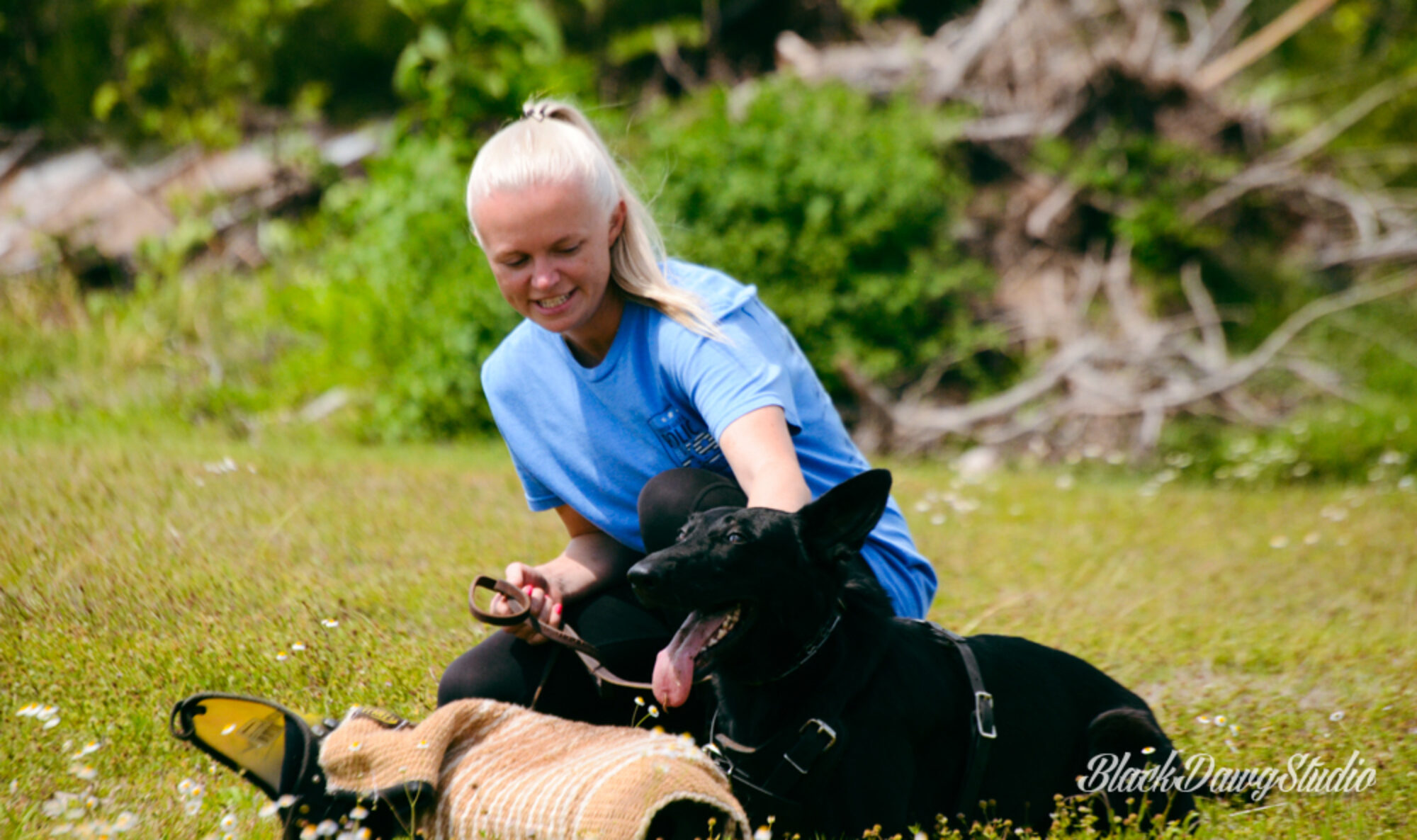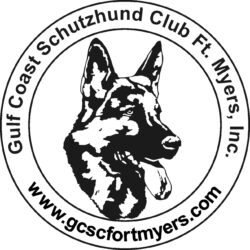Here we try to answer some of the more common questions we get concerning our dog training
Why is it months before my dog is ready to test for the basic handler certification?
Training your dog should be a life-long venture, not something you engage in for a few sessions and expect to get results. Dogs respond through repetition and positive reinforcement. You cannot ingrain a behavior in your dog after a couple weeks. To have a truly responsive animal that “gets it”, will take months and years rather than hours and days.
What do I need to bring for my first session, and what happens that day?
On your first visit, you must bring your dog’s rabies vaccination record (a copy). On that first visit dogs are typically nervous in the new environment and would rather sniff the field and other dogs rather than focus on training. Nobody should expect too much on the first visit. At that time we are interested in finding out about how you obtained the dog, how old he is, and what his disposition is. Also if you have confronted any particular behaviors that need to be extinguished or modified. We will spend some one-on-one time with you to evaluate the dog’s temperament and if it is a good fit.
How young do you start training?
Per our insurance regulations, the dog must have received their rabies vaccination. This typically occurs around week 12, but may vary by vet. After that is achieved, the dog may begin training. However keep in mind a dog that is very young still has a “puppy brain”. What you may consider a simple behavior may be like asking your four year old to do an algebra problem. Dogs brains accelerate maturity at around 12 months depending on breed. Prior to that, they may have limited focus or retention capabilities. We certainly train dogs under a year, but you must put expectations into the perspective.
Do you ever train dogs for the owner?
No. Dogs are easy to train. Owners are not. It serves no purpose for us to train the dog and return them to an untrained owner. We provide the skills to the owner/handler, who then works with the dog. That way the owner knows what the dog is capable of, has deficiencies in, and understands where they can be a better handler of their dog. Many “problem dogs” are really the result of behaviors in the owner. In order for a training trust and bond to occur with the dog, it is critical the owner be the one who trains their dog. There are no short cuts to having a well trained and responsive dog. It is fun, rewarding, but a huge amount of work.
I am not interested in obedience and tracking. Can I just have my dog trained in protection?
No. A non-obedient dog that gets protection training is just dangerous. Only the most obedient dogs will be fully trained in protection. The dog must be fully obedient to the handler. Obedience training is mandatory.
Do I have to own a German Shepherd to train with you?
No. We train all breeds. However there are limitations on attendance at show events. Limited breeds are allowed and may not be “fixed”. But for our obedience/tracking/protection training, any breed is welcome.
How much does training cost?
We are a not-for-profit organization, and all trainers donate their time to the club. With that said, annual member dues pay for club equipment, field rental, field maintenance, trial expenses, etc. Annual club membership for an individual with one dog is $175. Plus membership into DVG America is expected also.
Isn’t “protection dog” just another term for “attack dog”?
No. It is a misconception to think that a protection dog is inherently an aggressive dog. We train dogs to be calm, thinking, and emotionally stable dogs. In fact, if they don’t come in with the right “personality” we refuse to train them in protection. We train them in the ability to discern would-be threat from friends, neighbors and visitors to your home. The dogs will remain loving family members and great around kids as long as the owner remains committed to that level of obedience. The dogs are not trained to merely attack. Protection dogs are trained to discern intent.
This sport looks dangerous. Does anyone get hurt?
Accidents can happen anywhere. Every effort is made to ensure that accidents are minimized. There are club rules that govern interaction and engagement. For example, all dogs must be kept on-leash during training. When a dog is working off-leash, such as during certain protection routines while the dog is in a “high drive” state, all other dogs are put away. This rule (among others) minimize, but do not eliminate risks.

